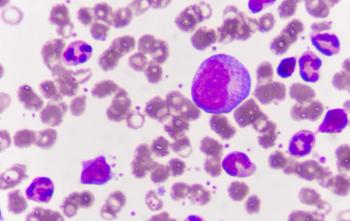
Palliative Care Services Are on the Rise but More Progress Is Needed
Eighty percent of hospitalized patients in the U.S. have access to palliative care services. But that means that 20% do not. For patients with cancer, this can potentially mean the difference between effective symptom management and end-of-life care, and inadequate usual care.
An article published in the February 2018 issue of
The increased availability of palliative care services for all patients, not just those with cancer, is impressive. However, looking at the statistics another way, 1 in 5 hospitalized patients do not have access to palliative care when needed.
For patients with cancer, this can potentially mean the difference between effective symptom management and end-of-life care, and inadequate usual care. Even in small communities, palliative care services—or referral—should be available. With the emergence of telemedicine and other types of electronic communication (e.g., webcams), palliative care services have the potential to be delivered remotely to all patients in need of these services.
Newsletter
Knowledge is power. Don’t miss the most recent breakthroughs in cancer care.
















































































